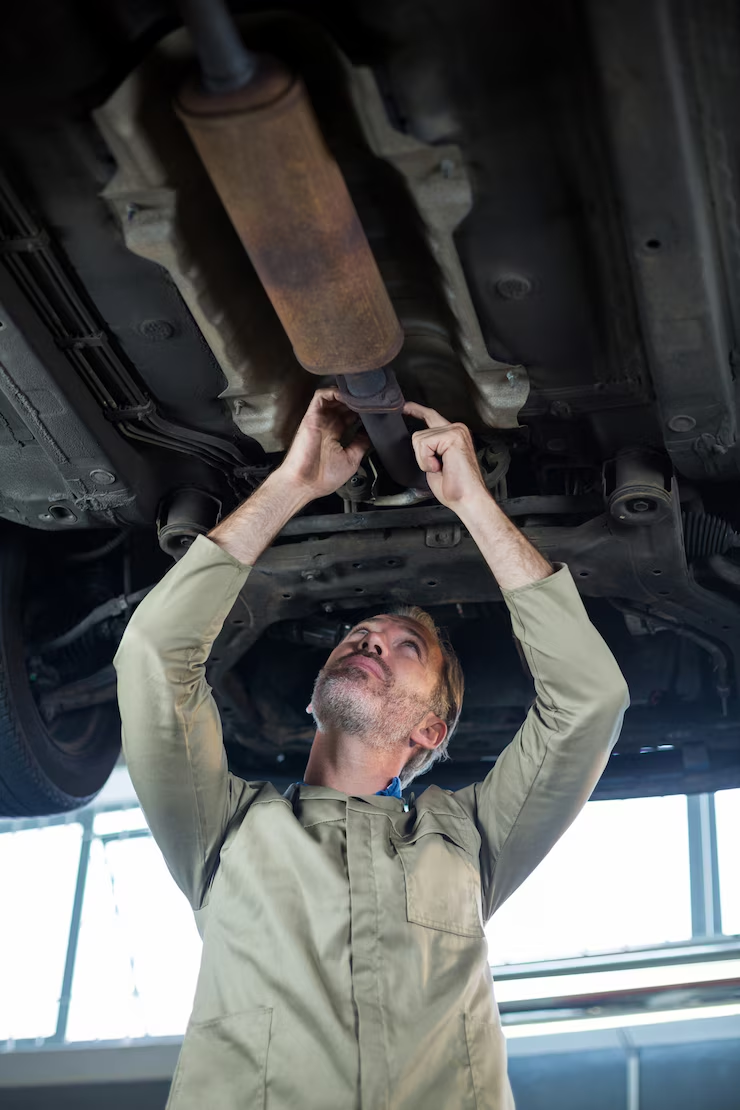Introduction
Car repairs are often shrouded in mystery for the average driver. Whether it’s a flickering check engine light or an unexpected noise, stepping into a garage can feel like handing over your wallet with your keys. But what really goes on under the hood—not just of your car, but inside the car repair industry itself?This article uncovers the hidden truths, unspoken practices, and essential knowledge every vehicle owner should have when navigating the world of auto repairs.

Not All Mechanics Are Created Equal
Just like doctors or contractors, some mechanics are skilled and honest—others less so. Certifications like ASE (Automotive Service Excellence) or affiliations with professional bodies can help you distinguish the pros from the pretenders.
What to check:
Credentials and certifications
Online reviews and Better Business Bureau ratings
Clean, organized facilities with clear pricing policies
Pro Tip: A good mechanic will explain the issue in plain language, show you the damaged part if possible, and never pressure you into immediate repairs.
Repair Bills Often Include Hidden Markups
Most car owners don’t realize that:
Parts are marked up—often 30–100% over retail
Labor times are based on industry standards, not actual time spent
Diagnostics may be charged even if no repair is done
Some garages inflate costs by:Recommending unnecessary services (e.g., early brake replacements)Bundling add-ons without explanation
Always ask:
“Can I see the quote itemized?”
“Is this service urgent or can it wait?”
“Can I supply my own parts?”
Your Vehicle’s Onboard Computer Holds Secrets
Most modern cars have a built-in computer system (ECU) that stores data about engine performance, error codes, and more.
What your mechanic might not tell you:
The check engine light could mean something minor (like a loose gas cap)
Free diagnostics are available at many auto parts stores
You can use a $20 OBD-II scanner to read codes yourself
Understanding this data puts you in control and helps avoid unnecessary repairs.
Routine Maintenance = Fewer Breakdowns
Many expensive repairs could have been avoided with basic maintenance. Yet, mechanics know that neglect often brings in more business.
Commonly ignored services that cause big issues:
Oil changes skipped = engine wear or failure
Brake fluid not replaced = corroded braking system
Coolant not flushed = overheating and head gasket issues
Key Tip: Stick to your manufacturer’s maintenance schedule—not just the shop’s recommendation.
Dealership vs. Independent Shop: The Real Difference
Dealerships often charge 30–50% more for the same work, especially for labor. While they specialize in your brand, independent shops can offer the same quality at lower cost—especially if they’re brand-certified.
Consider:
Dealerships = OEM parts, higher overhead, more expensive
Independents = Flexibility, often better service, lower cost
Don’t assume dealership means “better”—research both before deciding.
Rebuilt & Aftermarket Parts Can Be Just as Good
When replacing parts, you often have three choices:
OEM (original equipment manufacturer) – usually the most expensive
Aftermarket – made by third parties, often high-quality and affordable
Rebuilt/Refurbished – used parts restored to working condition
What they won’t tell you:
Many aftermarket parts are made by the same companies that supply OEMs
Rebuilt parts are eco-friendly and wallet-friendly
Always ask for options and warranty terms.
Your Car Might Be Sitting Unrepaired for Days
Many shops overbook, leading to delays. Your car may be sitting in a parking lot waiting for a lift—or a part—for days.
How to avoid surprises:
Ask, “When will work actually begin?”
Request updates in writing
Set a clear pickup deadline before dropping off your car
Tech-Savvy Car Owners Save More
Today’s tools and apps give drivers more control than ever.
Use CarFax Car Care or MyCarfax to track maintenance
Install apps like FIXD or OBD Fusion to monitor engine codes
Search average repair prices on RepairPal or AutoMD
Knowledge = negotiating power. When a mechanic knows you’re informed, they’re more likely to be transparent.
Preventive Repairs Are Often Cheaper Than Emergency Fixes
Delaying minor issues can lead to costly breakdowns. For example:
A $100 water pump leak ignored = $1,500 head gasket failure
Skipping $80 brake pad change = $400 rotor replacement
Rule of thumb:
Fix it when it’s small. Don’t wait for it to become an emergency.
You Don’t Need to Know Everything—Just Enough
No one expects you to become a mechanic overnight. But understanding a few basics—what’s urgent vs. what’s optional—can save you thousands over time.
Start with:
Learning to check fluids and tire pressure
Reading your owner’s manual
Asking questions until you’re clear on the repair
Confidence is your best tool under the hood.

Conclusion:
The auto repair industry is changing—with smarter tools, more informed customers, and growing demand for transparency. But to truly take control, you need to ask questions, do your homework, and never be afraid to say “no” to a repair you don’t understand.Because under the hood, the truth is clear: The more you know, the more you save—and the safer you’ll be on the road.The Truth About Car Repairs pulls back the curtain on the auto repair industry, revealing the real challenges, common myths, and insider secrets that every car owner should know. From understanding repair costs to spotting unnecessary services, this eye-opening guide empowers readers to make informed decisions and avoid being taken for a ride.

